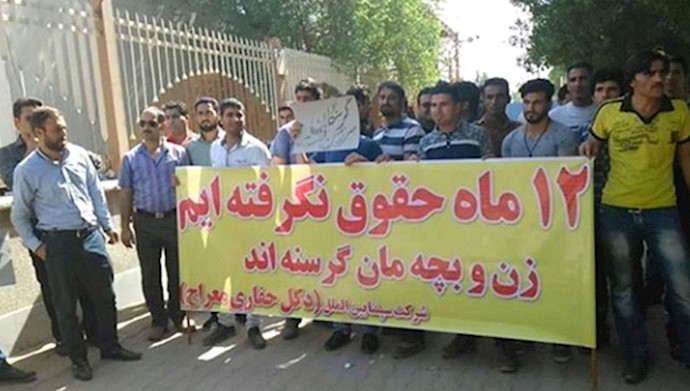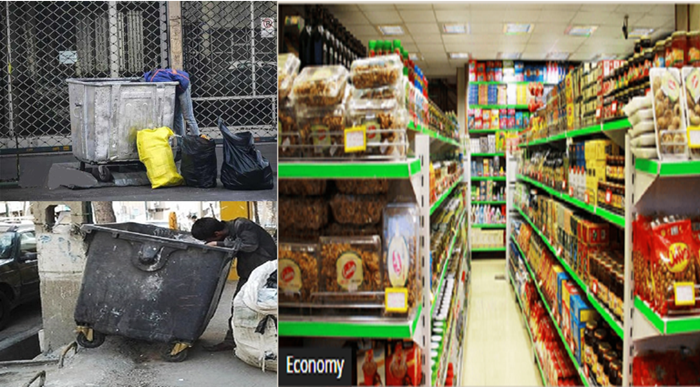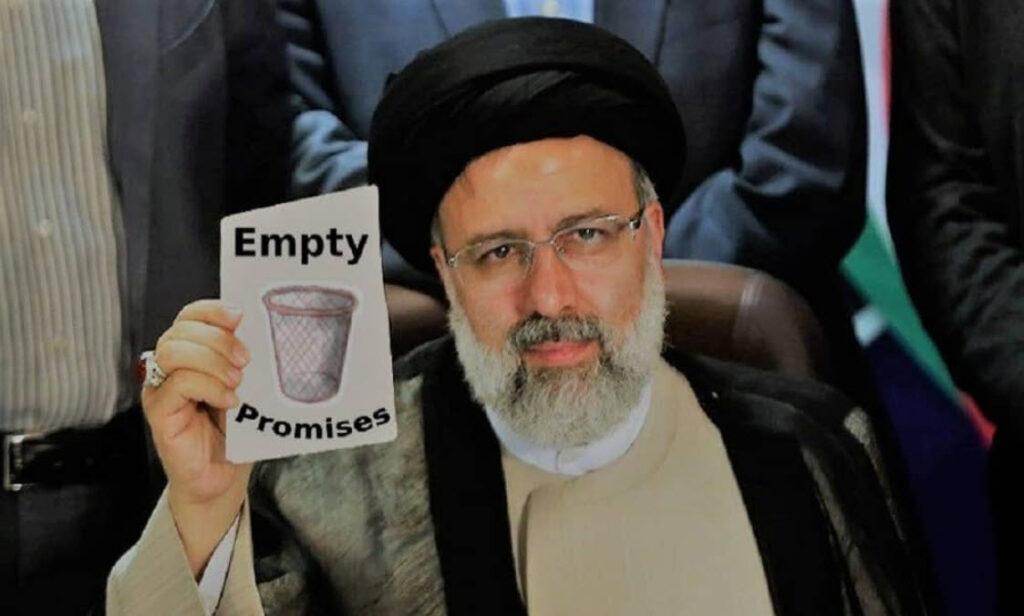
In a parallel to the harsh realities of 18th and 19th century England, Iran’s working class, comprising over 60 million individuals with their families, is ensnared in a vicious cycle of poverty and despair.
Despite being blessed with abundant oil and gas reserves and a wealth of natural resources, the country has witnessed a worrying trend of escalating poverty and misery over the past century.
The plight of Iranian workers is characterized by a lack of suitable employment opportunities, forcing many into labor in workshops and factories where safety and hygiene standards are alarmingly low. The wages earned are insufficient, often failing to cover even ten days of a month’s expenses. This financial strain is exacerbated by rental costs devouring over 80% of workers’ incomes, leaving little to nothing for other essentials.
Inflation has been particularly cruel in its impact on food prices. The cost of basic food items like eggs and tomatoes has skyrocketed to the point where an omelet, once a simple meal, is now a luxury beyond the reach of the working class. Nutritional staples such as proteins, fruits, vegetables, and meat, once regular parts of their diet, are now relegated to stories of the past.

The cost of basic food items like eggs and tomatoes has skyrocketed to the point where an omelet, once a simple meal, is now a luxury beyond the reach of the working class.
This extreme exploitation and inadequate remuneration have led to a significant portion of the workforce refusing factory jobs. President Ebrahim Raisi’s government acknowledges the availability of jobs but remains silent on the critical issue of wages that fall far below the minimum living costs.
On December 8, Tejarat newspaper highlighted the dire situation: “Inflation is so high that people’s wages cannot meet their basic living expenses… leading to severe labor shortages in many industrial units.” Similarly, Rouydad 24 news website reported that the long hours and arduous conditions for meager pay have driven workers to seek alternative employment, with many finding that even street vending offers better income than factory work.
In presenting the 2024 budget bill to parliament, he cited a 5-6% unemployment rate in some provinces, seemingly oblivious to the underlying issues of wage inadequacy and labor disinterest.
Even the Tasnim news agency, affiliated with the IRGC Quds Force, quoted a union leader acknowledging the disinclination of the workforce to engage in low-paying jobs. The leader emphasized that the central issue for workers is not job position or rest, but income that can sustain life.

Amid these challenges, Raisi claims to have reduced unemployment rates.
The stark reality is that the cost of living for a worker in Iran is at least 150 million rials per month, a figure far beyond what most jobs offer. The enduring pain and suffering of workers under the four-decade reign of religious fascism have not lessened but intensified. The growing army of unemployed and hungry citizens is increasingly unwilling to tolerate a system marked by exploitation and plunder. For a better tomorrow, the Iranian working class looks towards the dismantling of oppressive systems.

MEK Iran (follow us on Twitter and Facebook), Maryam Rajavi’s on her site, Twitter & Facebook, NCRI (Twitter & Facebook), and People’s Mojahedin Organization of Iran – MEK IRAN – YouTu
